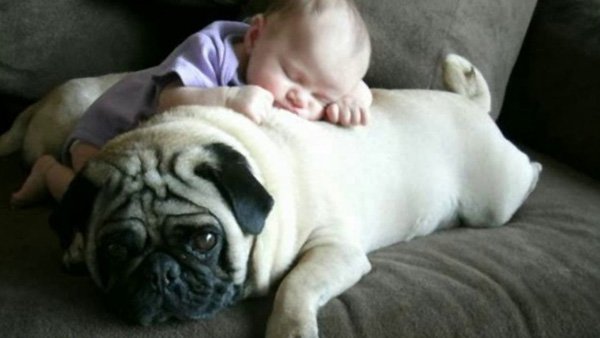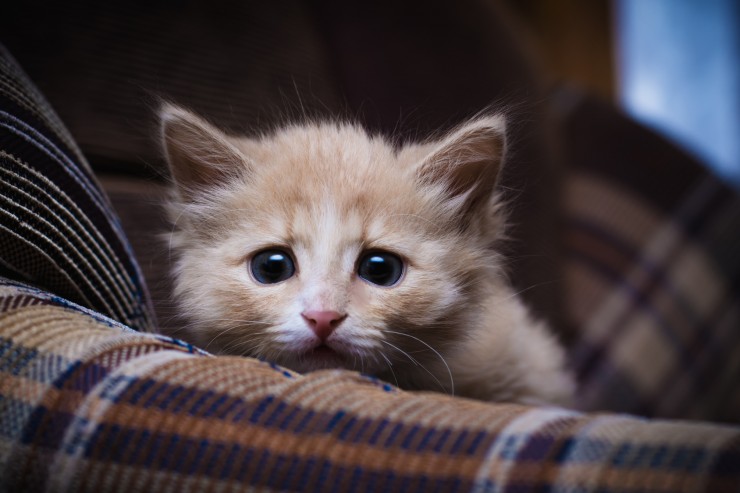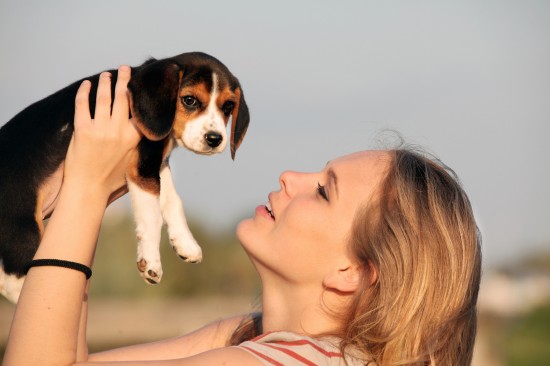
It is unfortunate to have a cat that's sick. Sometimes it looks so helpless and you can't do anything else but run to the vet. But, if you learn about the basics of assessing your cat, you can take a good look at it first before spending on your consultation with the animal doctor.
The most common things that you can look for in a cat and suspect that it is sick are signs and symptoms that include body weakness, weight loss, loss of appetite, watery stools, difficulty of walking, and many more.
If you want to know more about your pet's condition, you will need to do a thorough assessment.
Most assessment procedures follow a head-to-foot process. This means that you need to check the head first and going down to the direction of the foot. This is to make sure that you do not miss any body part that may be the cause of your pet's illness.
If you were not able to do any physical examination before, it is quite simple. No expert skill is really required to do this task.
You can follow the steps below:
Start with the head. You will need to look at the skull, eyes, ears, nose, and the mouth. For the skull, you need to check if there are no bruises or open wounds.
For the eyes, there are a few things that you need to take note of. One, determine if there are changes in the production of tears. What is abnormal is if there are decreases or increases in the amount of tears that your pet produces. Either one can be a sign of irritation in the eyes.
You also need to check if the white part of the eye looks red or cloudy. Also look for presence of discharges. If your cat is feeling something wrong with its eyes, you will notice that it will oftentimes rub it.
For the ears, look for discharges or presence of inflammation. Regarding the nose, you may notice your pet sneezing often. You may also notice blood or discharges coming from the nares.
For the mouth, the most common signs that you will see will be swelling of the lips as well as the inner structures, there may also be bleeding, you might also notice some swelling inside the mouth. When your cat doesn't seem to have the appetite, this may be indicative of a problem with its mouth.
Look and listen at the chest. The next part that you need to check is the chest. Determine if the breathing pattern is normal. Also feel if the heart is beating faster or slower than normal. You can use a stethoscope to assess both functions but you can also come closer and listen as well as feel your cat's chest.
Assess lower structures. Then, you can go lower to the urinary and reproductive tract. You need to look if there are abnormalities present. Check the skin for swelling and lesions. You may also palpate and feel for abnormalities in the structures. Also, take note of your pet's urination and bowel movement.
The last part that you need to check is the extremities. Simply assess how your cat walks. Observe if it is limping or if the gait is unbalanced. And of course, you also need to look at the skin. At the same time assess the symmetry of these body parts.
 Health Conditions Common To The Border Collie
Health Conditions
Health Conditions Common To The Border Collie
Health Conditions
 Colors of Great Dane Available while Purchasing
Colors of Great Dane Available while Purchasing
Colors of Great Dane Available while Purchasing
Colors of Great Dane Available while Purchasing
 Scaredy Cat - Why Is Your Cat So Nervous?
Scaredy Cat - Why
Scaredy Cat - Why Is Your Cat So Nervous?
Scaredy Cat - Why
 Buying An Animal - Your Legal Rights
Buying An Animal
Buying An Animal - Your Legal Rights
Buying An Animal
 Rabbit Hutches Made of Wood or Plastic – Which is better?
Rabbit Hutches Made of Wood or Plastic – Which is better?
Rabbit Hutches Made of Wood or Plastic – Which is better?
Rabbit Hutches Made of Wood or Plastic – Which is better?
Copyright © 2005-2016 Pet Information All Rights Reserved
Contact us: www162date@outlook.com